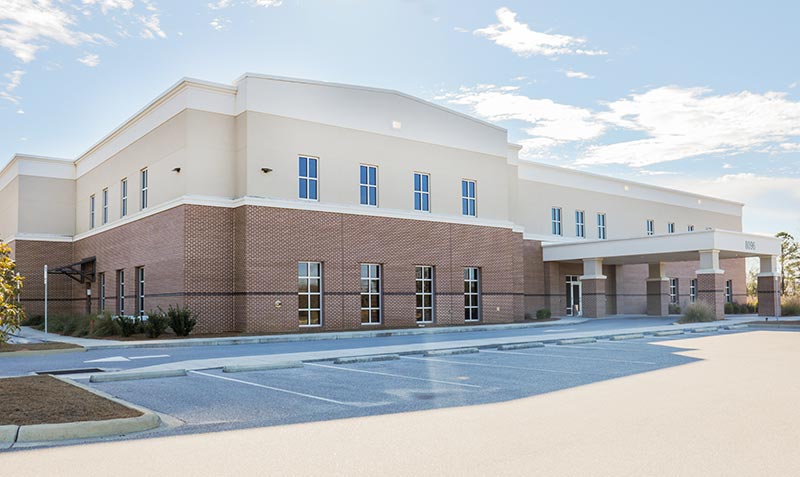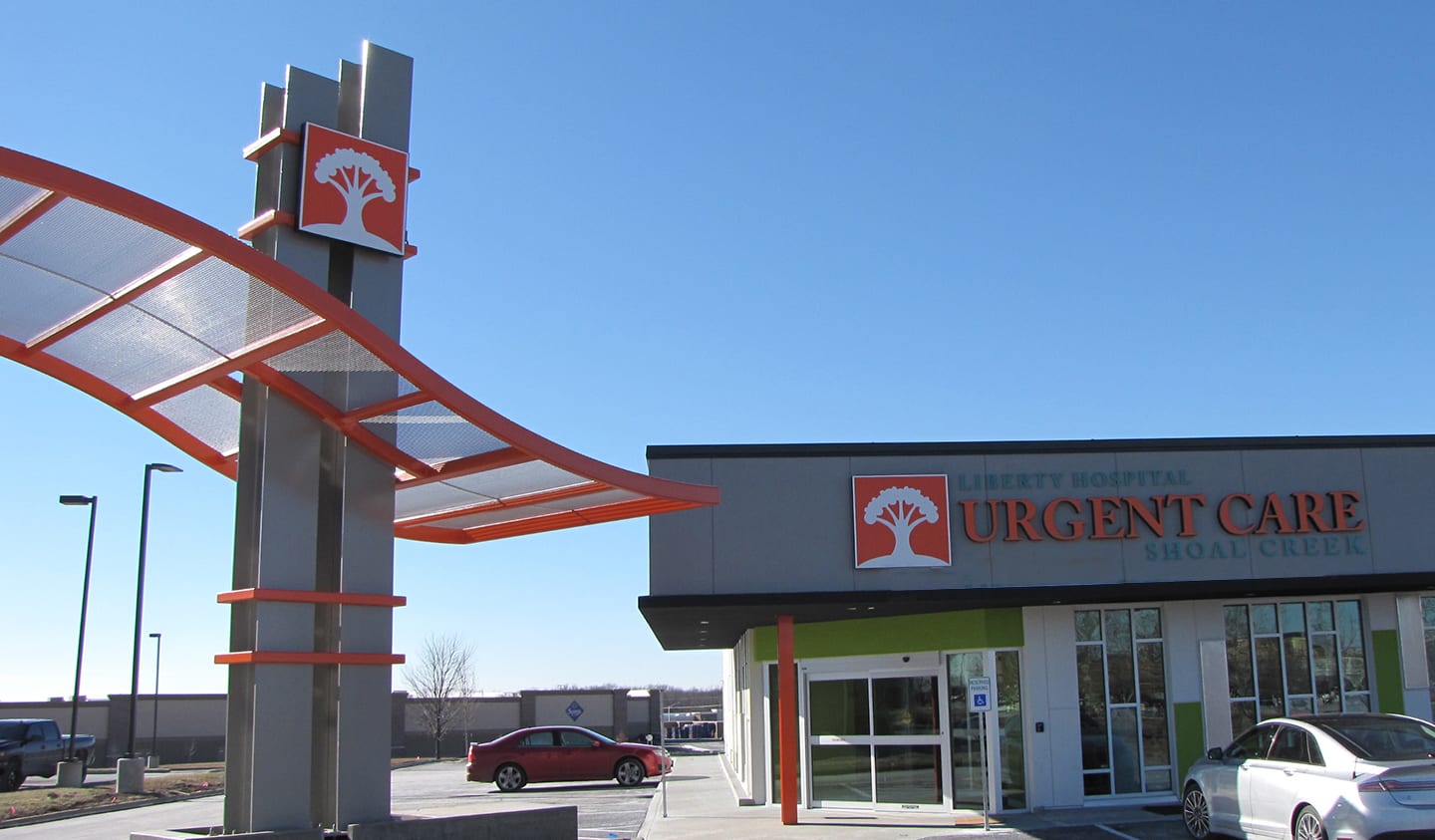Contrasting Urgent Care Clinics: What Establishes Our Clinic Apart
Contrasting Urgent Care Clinics: What Establishes Our Clinic Apart
Blog Article
Recognizing the Duty of Urgent Care in Offering Timely Treatment for Non-Life-Threatening Problems
Immediate treatment facilities have actually arised as a vital element of the healthcare landscape, attending to the prompt requirements of individuals with non-life-threatening conditions. By providing easily accessible and prompt clinical solutions, these centers properly bridge the space in between primary care and emergency situation departments. Nonetheless, the ramifications of their duty expand past simple comfort, triggering a better exam of when and how these facilities are used. Recognizing the nuances of immediate treatment can significantly influence client results and the general efficiency of health care shipment. What variables add to their growing value in modern medication?
What Is Urgent Care?
Immediate care describes a category of clinical services created to resolve non-life-threatening problems that need instant focus. These facilities function as an intermediary between key treatment medical professionals and emergency clinic, using a practical choice for people that need punctual treatment without the considerable waiting times commonly connected with emergency situation departments.
Urgent treatment centers are generally staffed by doctor, including physicians, registered nurse experts, and physician aides, that are educated to identify and treat a wide variety of conditions. Typical solutions given by these centers include treatment for small injuries, ailments, and infections, along with analysis tests such as X-rays and research laboratory work.
The accessibility of urgent treatment is a vital element in its appeal, as several centers operate beyond routine office hours, consisting of evenings and weekend breaks. This extended availability permits people to obtain prompt treatment when their main care company might not come. Additionally, urgent care centers typically approve walk-in people, removing the need for visits. On the whole, immediate care plays a vital role in the medical care system, making certain patients can access important medical solutions promptly and effectively.

Many individuals might discover themselves unsure concerning when to seek treatment at an immediate treatment facility as opposed to a medical care medical professional or an emergency situation room. Urgent treatment is made to deal with non-life-threatening conditions that call for prompt attention however are not extreme adequate to warrant an emergency clinic check out.
Normally, one should take into consideration immediate take care of problems such as small fractures, strains, cuts calling for stitches, or infections like urinary system infections. Furthermore, cool or influenza symptoms, rashes, and allergic responses can likewise be suitably taken care of in this setup.
It is very important to note that immediate treatment is not ideal for dangerous emergencies, such as chest pain, trouble breathing, or severe blood loss, which demand prompt emergency room treatment.
People who lack access to a health care medical professional or can not protect a prompt appointment may likewise take advantage of immediate care services. Eventually, recognizing when to use immediate treatment can result in extra reliable medical care distribution, enabling individuals to obtain the proper degree of treatment based on their specific health requirements.
Advantages of Urgent Care Centers
Picking urgent care centers for non-life-threatening problems offers a number of advantages that improve client experience and access. One key advantage is the decreased wait times contrasted to standard emergency clinic. Immediate care facilities typically operate on a first-come, first-served basis, allowing individuals to get timely medical focus without the long delays commonly related to medical facility settings.
Furthermore, urgent treatment centers supply extended hours, including nights and weekends, fitting individuals with differing schedules. This versatility makes sure that people can seek treatment when it is most practical for them, additionally promoting prompt treatment.

Moreover, these centers typically supply a comprehensive variety of services, consisting of minor treatments and diagnostic examinations, all under one roof covering. This combination of solutions not only improves the person experience however likewise cultivates a much more natural strategy to handling non-life-threatening health and wellness problems, inevitably profiting overall individual outcomes.
Usual Problems Dealt With
At immediate treatment centers, a selection of non-life-threatening problems can be successfully treated, providing patients with obtainable and prompt medical help. These centers are particularly proficient at dealing with issues that require prompt attention yet do not position an immediate risk to life or arm or leg.
Typical problems dealt with at urgent care centers include small injuries such as pressures, cracks, and strains. Immediate treatment centers are outfitted to do necessary analysis tests, such as X-rays and laboratory tests, allowing them to supply extensive treatment.
In addition, immediate care providers can carry out vaccinations, helping to stop the spread of infectious conditions - Urgent Care. They additionally provide services for minor procedures, such as suturing wounds or draining pipes abscesses. By providing these varied services, immediate treatment centers play an important role in connecting the void in pop over to this site between primary care and emergency services, making sure patients get timely treatment for a wide variety of conditions without the requirement for lengthy wait times commonly connected with emergency clinic
How Urgent Care Supports Healthcare System
Urgent treatment centers play a critical function in sustaining the total medical care system by minimizing the burden on emergency situation departments and giving prompt accessibility to treatment for non-life-threatening conditions. By handling cases such as minor injuries, infections, and diseases, immediate care centers allow emergency departments to concentrate on more important people needing prompt attention.
Moreover, immediate care facilities enhance healthcare access, supplying extensive hours and an easier choice to traditional main care setups. This access is particularly beneficial for patients who might not have a normal doctor or who call for immediate treatment outside of common workplace hours. As an outcome, urgent care centers properly minimize wait times and enhance client satisfaction.
In addition, immediate care facilities add to cost financial savings for both people and the healthcare system by providing lower-cost services compared to emergency divisions. This monetary performance is crucial in an age of increasing health care expenses, allowing clients to receive essential treatment without incurring excessively high expenditures.
Final Thought
Finally, immediate treatment facilities play an important role in the medical care system by supplying punctual therapy for non-life-threatening problems. By bridging the void in between health care and emergency clinic, these facilities make sure that people receive timely medical attention without the extensive delay times normally related to emergency situation divisions. The availability and efficiency of urgent treatment facilities add dramatically to relieving the total concern on healthcare resources, enhancing client end results, and promoting a much more effective healthcare delivery system.
Immediate care facilities have actually arised as an essential part of the health care landscape, addressing the prompt requirements of individuals with non-life-threatening conditions. Urgent care brows through typically sustain lower out-of-pocket expenditures compared to emergency division gos to, making treatment more economical for clients without compromising top quality. Immediate care facilities are outfitted to carry out needed analysis tests, such as X-rays and lab examinations, allowing them to offer detailed treatment.
By offering these diverse solutions, urgent care centers play an essential duty in connecting the gap between main treatment and emergency situation solutions, guaranteeing individuals obtain timely treatment for a large array of problems without the need for long wait times usually linked with emergency situation areas.
Moreover, urgent care centers enhance health care access, using extensive hours and an extra convenient alternative to typical main treatment setups.
Report this page